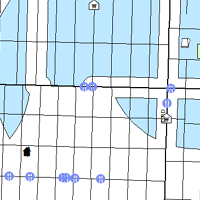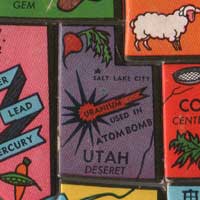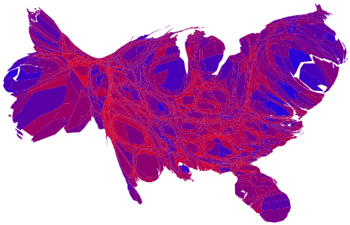I presented a rough approximation of what I may pursue as a research topic in my class yesterday. The instructor suggested that I look to see what had been written about social physics which asked many of the same questions I was curious about. This pleased me because its nice to have a place to start. So this morning I started looking for information on Social Physics and was somewhat disappointed to to learn that there are two areas of research that are known as social physics.
One describes itself as a many2many peer collaboration system interested in privacy and information exchange. This, while interesting, isn’t of any use.
The second area is of much more interest (and use). This is the social physics (which I imagine first coined the name) that looks at using a scientific framework to understand social interaction and human systems. Early examples of this framework include some work by Hobbes where by he used Galileo’s heavenly body studies to explain which political governance system was best.
although this isn’t exactly what I’m looking at, it’s part of the same suspect realm that tries to fit an understanding of human interaction into a framework that matches a real science like physics. Economics is a good example – there are theories and formulas, but they’re all based on things that can’t possibly be universal constants.
What I’m interested in social physics for is to develop a way to look at things like entropy in human communities. Where is the greatest loss of potential energy?
The reason I want to know this is because I’ve lost faith in the aesthetic and economic arguments for environmentalism. I still believe they’re effective, but they’re imperfect in the sense that aesthetic doesn’t matter to a lot of people, and economics only make a solid argument when you’re talking about including external costs, something we as Americans have been told by God we didn’t need to do.
My hope for physics is that it will provide something more helpful. You can argue all you want about how humanity needs wilderness for the good of its soul, or how in the long run sustainable food sources will be better for us, but you can’t ignore the laws of physics. Producing a good inefficiently, or producing it elsewhere and shipping it here greatly increases the entropy of that transaction. That energy can never be used again. Our tenure here surely depends on finding a way to reduce the amount of waste in our lives. So now I’ve got some reading to do.


